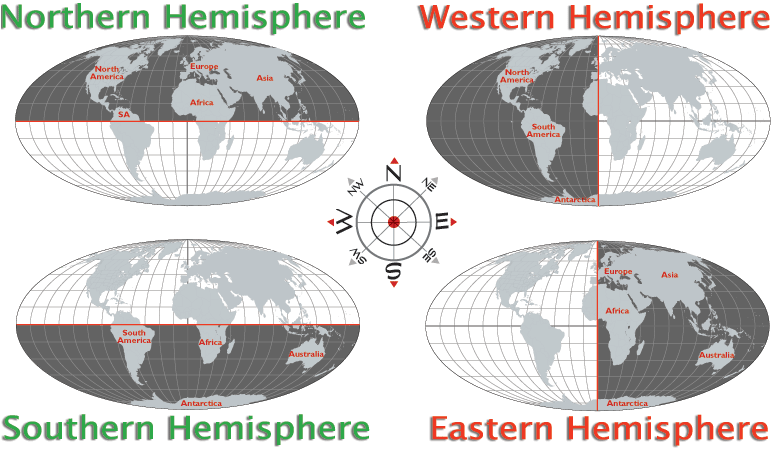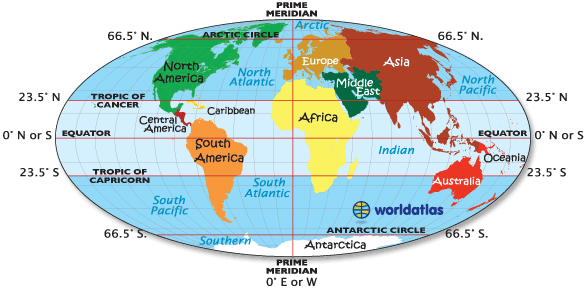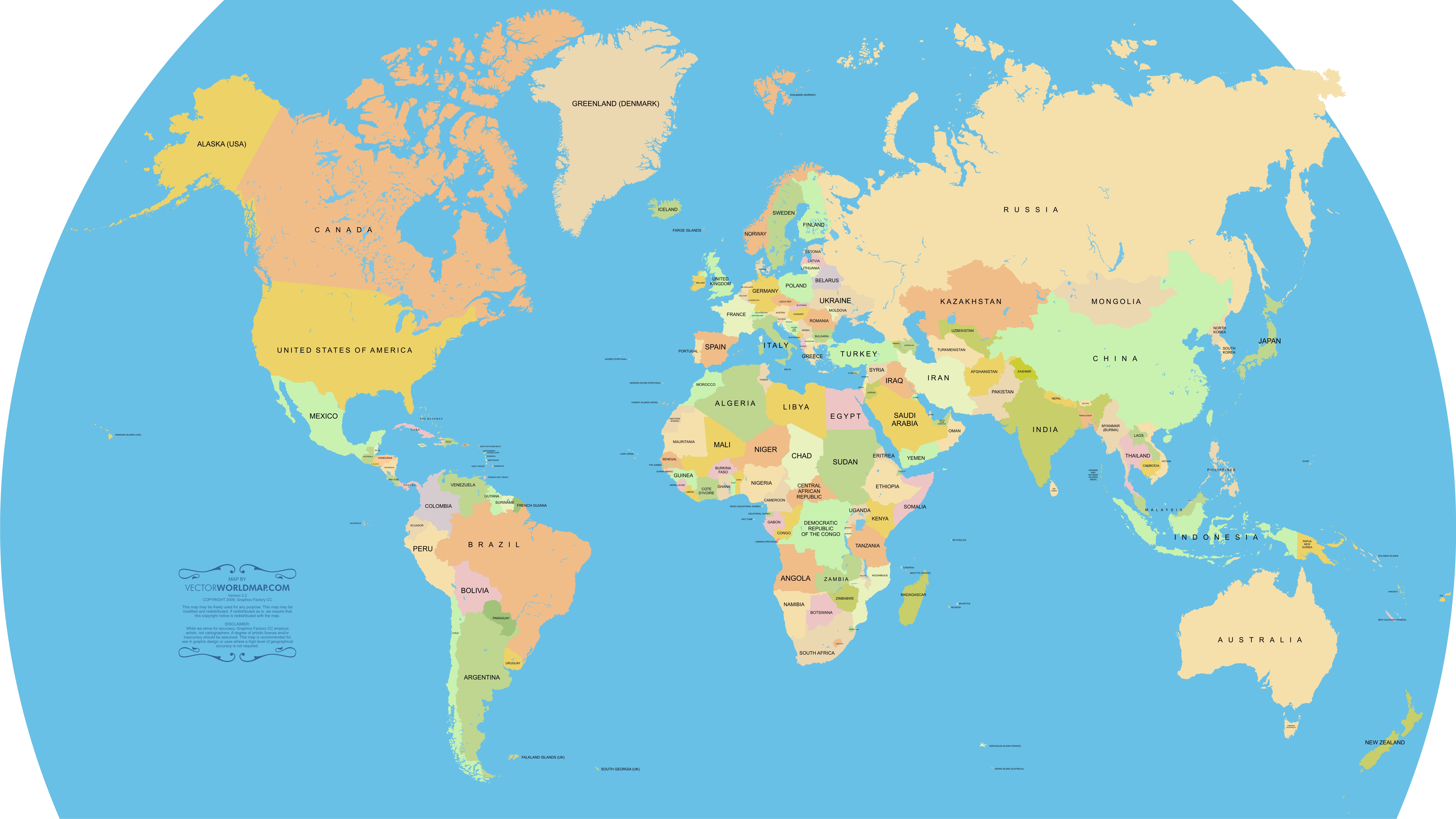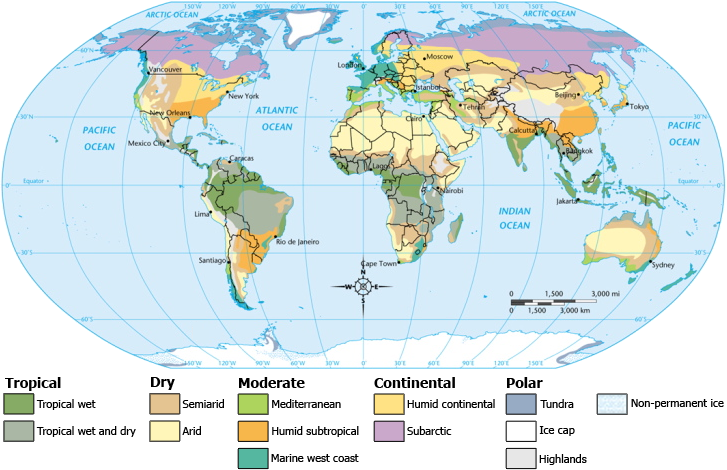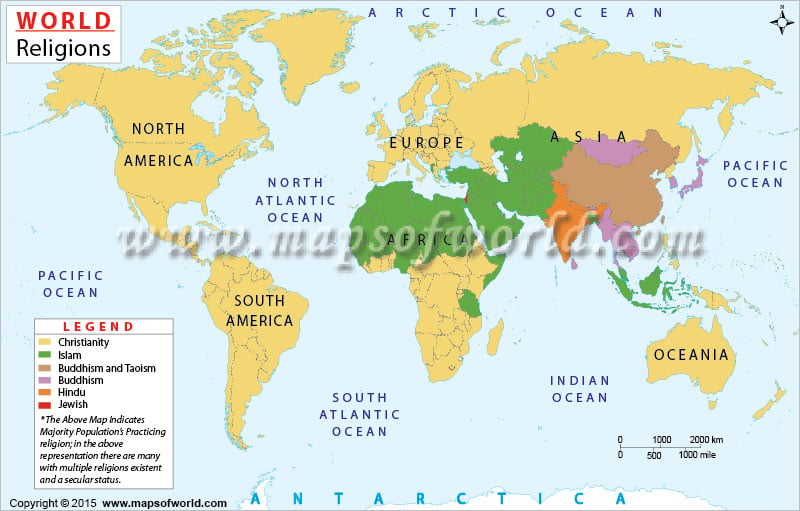The link below shows a video highlighting how the day unfolded.
http://www.history.com/topics/9-11-attacks
The link below shows (then) President George W. Bush's speech later that day.
http://www.teachertube.com/video/president-george-w-bush-post-911-speech-95095
The link below is the site of all the primary source, "on the scene" documentation of the chaos in NYC on Sept. 11, 2001.
http://www.history.com/interactives/witness-to-911


On September 11, 2001, 19 militants
associated with the Islamic extremist group al-Qaeda hijacked four airliners
and carried out suicide attacks against targets in the United States. Two of
the planes were flown into the towers of the World Trade Center in New York
City, a third plane hit the Pentagon just outside Washington, D.C., and the
fourth plane crashed in a field in Pennsylvania. Often referred to as 9/11, the
attacks resulted in extensive death and destruction, triggering major U.S.
initiatives to combat terrorism and defining the presidency of George W. Bush.
Over 3,000 people were killed during the attacks in New York City and
Washington, D.C., including more than 400 police officers and firefighters.

On September 11, 2001, at 8:45 a.m.
on a clear Tuesday morning, an American Airlines Boeing 767 loaded with 20,000
gallons of jet fuel crashed into the north tower of the World Trade Center in New York City.
The impact left a gaping, burning hole near the 80th floor of the 110-story
skyscraper, instantly killing hundreds of people and trapping hundreds more in
higher floors. As the evacuation of the tower and its twin got underway,
television cameras broadcasted live images of what initially appeared to be a
freak accident. Then, 18 minutes after the first plane hit, a second Boeing
767–United Airlines Flight 175–appeared out of the sky, turned sharply toward
the World Trade Center and sliced into the south tower near the 60th floor. The
collision caused a massive explosion that showered burning debris over
surrounding buildings and the streets below. America was under attack.
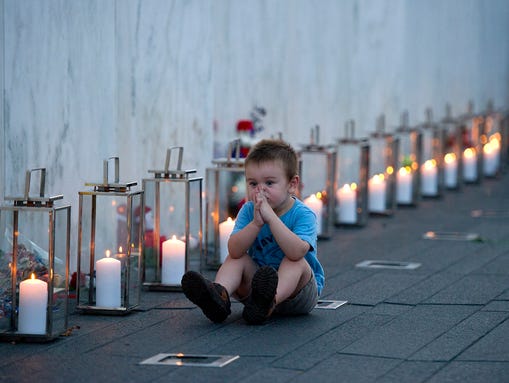
The attackers were Islamic
terrorists from Saudi Arabia and several other Arab nations. Reportedly
financed by Saudi fugitive Osama bin Laden’s al-Qaeda terrorist organization,
they were allegedly acting in retaliation for America’s support of Israel, its
involvement in the Persian Gulf
War and its continued military presence in the Middle East.
Some of the terrorists had lived in the United States for more than a year and
had taken flying lessons at American commercial flight schools. Others had
slipped into the country in the months before September 11 and acted as the
“muscle” in the operation. The 19 terrorists easily smuggled box-cutters and
knives through security at three East Coast airports and boarded four flights
bound for California,
chosen because the planes were loaded with fuel for the long transcontinental
journey. Soon after takeoff, the terrorists commandeered the four planes and
took the controls, transforming ordinary commuter jets into guided missiles.

As millions watched the events
unfolding in New York, American Airlines Flight 77 circled over downtownWashington,
D.C., and slammed into the west side of the Pentagon military
headquarters at 9:45 a.m. Jet fuel from the Boeing 757 caused a devastating
inferno that led to the structural collapse of a portion of the giant concrete
building. All told, 125 military personnel and civilians were killed in the
Pentagon, along with all 64 people aboard the airliner.
Less than 15 minutes after the
terrorists struck the nerve center of the U.S. military, the horror in New York
took a catastrophic turn for the worse when the south tower of the World Trade
Center collapsed in a massive cloud of dust and smoke. The structural steel of
the skyscraper, built to withstand winds in excess of 200 miles per hour and a
large conventional fire, could not withstand the tremendous heat generated by
the burning jet fuel. At 10:30 a.m., the other Trade Center tower collapsed.
Close to 3,000 people died in the World Trade Center and its vicinity,
including a staggering 343 firefighters and paramedics, 23 New York City police
officers and 37 Port Authority police officers who were struggling to complete
an evacuation of the buildings and save the office workers trapped on higher
floors. Only six people in the World Trade Center towers at the time of their
collapse survived. Almost 10,000 others were treated for injuries, many severe.
Meanwhile, a fourth California-bound
plane–United Flight 93–was hijacked about 40 minutes after leaving Newark
International Airport in New Jersey. Because the plane had been
delayed in taking off, passengers on board learned of events in New York and
Washington via cell phone and Airfone calls to the ground. Knowing that the
aircraft was not returning to an airport as the hijackers claimed, a group of
passengers and flight attendants planned an insurrection. One of the passengers,
Thomas Burnett Jr., told his wife over the phone that “I know we’re all going
to die. There’s three of us who are going to do something about it. I love you,
honey.” Another passenger–Todd Beamer–was heard saying “Are you guys ready?
Let’s roll” over an open line. Sandy Bradshaw, a flight attendant, called her
husband and explained that she had slipped into a galley and was filling
pitchers with boiling water. Her last words to him were “Everyone’s running to
first class. I’ve got to go. Bye.”
The passengers fought the four
hijackers and are suspected to have attacked the cockpit with a fire
extinguisher. The plane then flipped over and sped toward the ground at upwards
of 500 miles per hour, crashing in a rural field in western Pennsylvania at
10:10 a.m. All 45 people aboard were killed. Its intended target is not known,
but theories include the White House, the U.S. Capitol, the Camp David
presidential retreat in Maryland or
one of several nuclear power plants along the eastern seaboard.
At 7 p.m., President George W.
Bush, who had spent the day being shuttled around the country
because of security concerns, returned to the White House. At 9 p.m., he
delivered a televised address from the Oval Office, declaring, “Terrorist
attacks can shake the foundations of our biggest buildings, but they cannot
touch the foundation of America. These acts shatter steel, but they cannot dent
the steel of American resolve.” In a reference to the eventual U.S. military
response he declared, “We will make no distinction between the terrorists who committed
these acts and those who harbor them.”

Operation Enduring Freedom, the
American-led international effort to oust the Taliban regime in Afghanistan and
destroy Osama bin Laden’s terrorist network based there, began on October 7.
Within two months, U.S. forces had effectively removed the Taliban from
operational power, but the war continued, as U.S. and coalition forces
attempted to defeat a Taliban insurgency campaign based in neighboring
Pakistan. Osama bin
Laden, the mastermind behind the September 11th attacks, remained at
large until May 2, 2011, when he was finally tracked down and killed by U.S.
forces at a hideout in Abbottabad, Pakistan. In June 2011, President Barack Obama
announced the beginning of large-scale troop withdrawals from Afghanistan, with
a final withdrawal of U.S. forces tentatively scheduled for 2014.






![[world-religion-map.gif]](https://blogger.googleusercontent.com/img/b/R29vZ2xl/AVvXsEigb8rqbLHMFcSBuIPIwsfKA_pEUcGOtATsGXrhMOSwYK9fCWuUXF_9uPxmuVqVtulPIiBFfZfpzKmNaC6WRfM-SNpB1RyuDSrHPVF0-UqJ7etgTOuiGI02jPLcDB1JDh-QoRGviCIjj1Q/s640/world-religion-map.gif)

